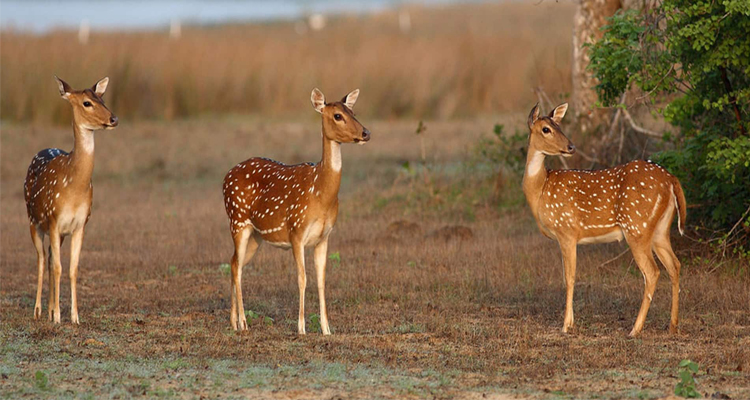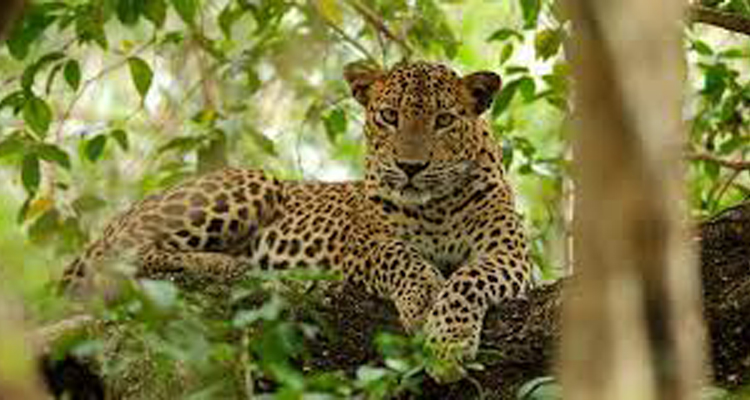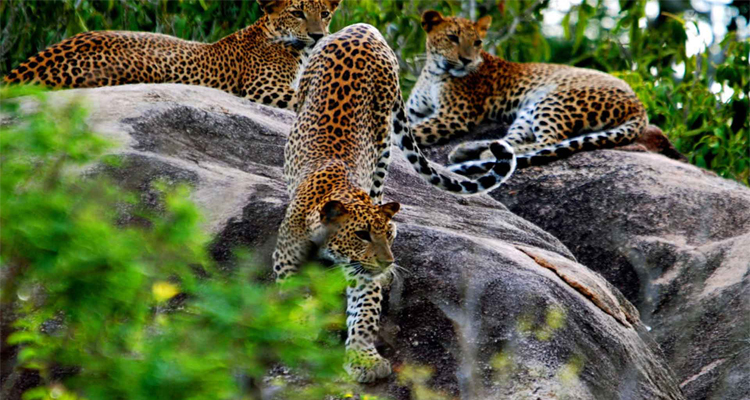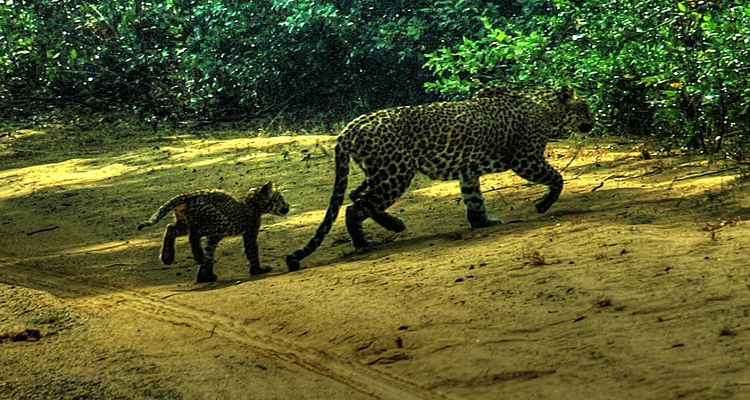Highlights
Wilpattu sanctuary was decalred as a National Park in 1938, Wilpattu National Park is located on the west coast close to the historical city of Anuradhapura .The dry zone jungle is thickly grown. Wilpattu Natonal Park is home for many villus, or natural lakes which dot the landscape in the Wilpattu National Park. Except for two, These lakes contain rainwater, thus are important for resident and migratory water-birds. The history of the park is also of interest with ancient ruins having been discovered in Wilpattu National Park. Queen named “Kuweni” (considered to be the mother of the Sinhala race) is said to have lived in the place known as Kalli Villu. Historical evidence also shows the fact that Prince Saliya, son of King Dutugemunu lived in Wilpattu over 2,000 years ago. There are approximately 30 species of mammals in the Wilpattu National Park which include the Sri Lankan Elephant, Sri Lankan Leopard, Lankan Sloth Bear, Sri, Spotted Deer, Buffalo, Sambar and Mongoose. Wetland bird species found in the Wilpattu National Park include the Garganey, Pin tail, Whistling Teal, Spoonbill, White Ibis, Large White Egret, Cattle Egret and Purple Heron. Also, many species of Gulls, Terns, Owls, Kites and Eagles are also lives here. The endemic Sri Lanka Jungle fowl, Little Cormorant and the Painted Stork can also Can be seen. Wilpattu is located 30 kms north of Puttalam, approximately 190 kms from Colombo. Wilpattu National Park extends from the northwest coast towards inland ancient capital city of Anuradhapura which is about 50 km to the east of the Park, covering 425 sq miles approximately. The route from Colombo is via Negombo, Chilaw, Palaviya and Puttalam, The Park office and the main entrance where one can obtain a ticket and enter the park is at Hunuwilgama, 7 km from the turn-off from Puttalam - Anuradhapura road.




